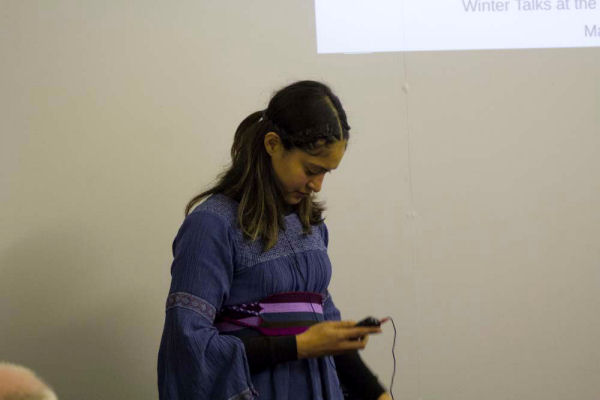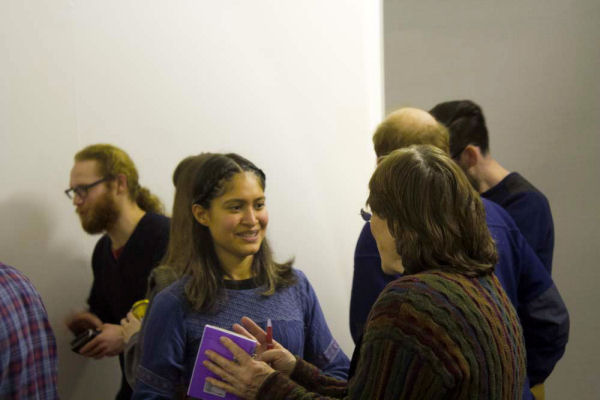11th March 2016 – Vanessa Smer. Edinburgh University. Astronomy in Pre-Columbian Civilizations
Vanessa Smer-Barreto was born in Victoria, Mexico in October 1988. She completed her BSc in Physics Engineering in 2010 and an MSc in Physics two years later in Mexican universities. In 2012 she came to the UK to study a PhD in cosmology, she is currently in the last year of the programme. Her main research interests are dark energy and modified gravity theories. She has submitted two publications that are undergoing journal review. Aside from work, she is also a keen classical and contemporary dance participant and enjoys learning about the history of ancient civilizations.
This talk will discuss how the architectural characteristics of Mayan, Inca and Aztec buildings are part of the legacy these cultures left from their astronomical studies. The movements of the Sun, the Moon, Venus, the eclipses and the Milky Way all held an important place in decision making and politics of these societies. Of important consideration are their two calendars, one of them of striking similarity to our current one, the other, mysterious and linked to the cycle of agriculture. The acoustic phenomena in some of the pyramids and the written records related to their cosmogony still standing will also be mentioned.

Vanessa Explained that her area of expertise was in dark energy and the topic she was talking about tonight was her hobby: she was focusing tonight on Mayan, Incan and Aztec empires. She started by showing the geographical location of each empire, followed by a brief exploration of the way they understood the universe, followed by a look at some of the archaeological structures with astronomical purposes. Mezamoic calendars, and numbers, with examples in architecture and the legacy they left behind.
The Mayans have existed from 2000 years BC and were located in the Yukatan peninsular of South Eastern Mexico, Guatamala, Honduras, Belize where 44 mayan languages are still spoken an where the numbe zero was first used (invented?), and they were one of the last surviving Latin American Civilisations.
The Incans occupied the largest area including parts of Ecuador, Peru, Bolivia, Chile and Argentina, surviving in cities at high altitudes , in harsh enviroments.
The Aztecs lived in Central Mexico, including mexico city, Vera Cruz, Pueblo. More than 1,000,000 pople still speak the language. The Aztec civilisation ended in 1571 when they were defeated by the Spanish Conquistadors. Also of great importance to modern civilisations is the fact that they discovered chocolate.
Vanessa talked about the mythology of each civilisation and the buildings that served as temples, the buildings and atrefacts that demonstrated how they understood the seasons, equinoxes and soltices and how they were able to design calendars very accurately. The cycles of several planets are depicted on some observatories and the Milky Way is shown in one of the most inaccessilble jungle areas, demonstrating the understanding these civilisations had of the heavens.
Vanessa showed us how numbers were written with only three symbols, dots lines and an eye which represented zero and how they were written. The Mayans used five calendars, the two most inportant being, one consisting of 260 days and probably used mainly for agricultural purposes which is still used by some remote tribes for this purpose and the second cosisting of twenty months each of 18 days making 260 days altogether, then five days were added and given different names to the 18 days of each month and finally added six hours every year to make a total of 365 days each year and 366 for every fourth year.
Vanessa’s talk was illustrated with an excellent series of slides, and rounded off an excellent and varied season of talks. It is recommended that if you were unable to attend this final talk of the season you might like to download the file and listen to it in its’ entirety.
Many thanks to Vanessa for a terrific talk.
This talk lasts approx. 1 hour. Listen online or download if preferred
Following the talk beverages were served, and members and guests were able to mingle and discuss the talk and ask questions before the meeting closed.
Vanessa Smer









